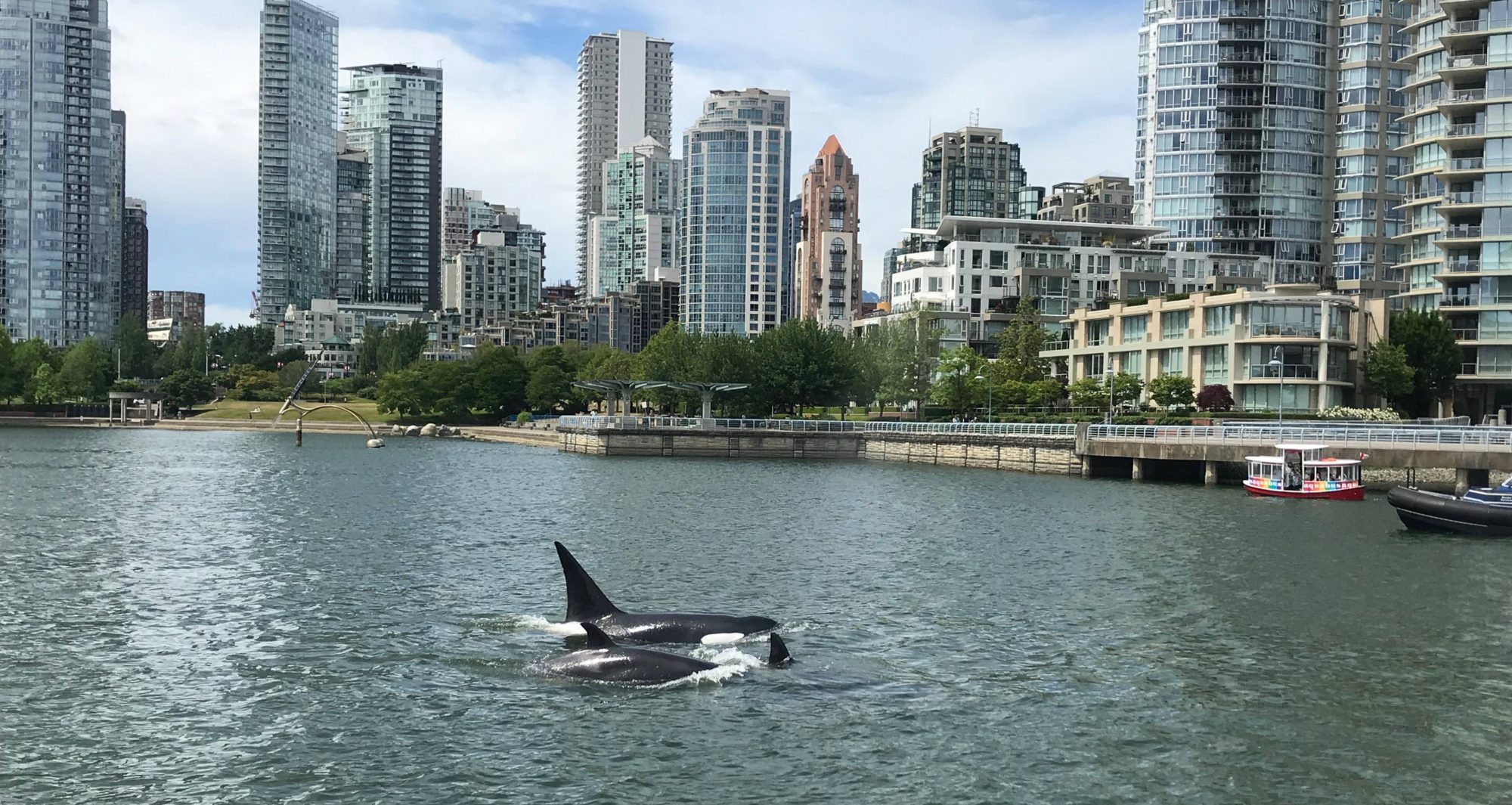BULLETIN #155 JUNE 22,2020
Dear Sisters and Brothers,
Once again this year, we’ll have to deal with heat waves in our workplaces. Moreover, the COVID-19 pandemic is making it even more challenging because of the personal protection equipment (PPE) and work that needs to be performed where physical distancing is difficult. This may increase discomfort during a heat wave and increase heat- related symptoms.
To be prepared, be aware of the hazards of a heat wave. Take the necessary precautions with both heat and PPE to prevent the spread of the virus, and encourage your coworkers to do the same.
TAKE PRECAUTIONS
Slow down. Your body will not perform at its best in high temperatures.
Take all the breaks provided for in the collective agreement, if possible away from the heat. Pushing straight through is not the answer.
Drink plenty of water to avoid dehydration. Stay away from coffee and energy drinks, as they have a tendency to dehydrate the body.
Use sunscreen. Carry it with you and re-apply every 20-30 minutes. Sunburn restricts the body’s cooling system.
Wear a hat and lightweight clothing.
Ensure you have your PPE with you.
Wash or disinfect your hands often.
Maintain salt levels in your body. If you are on a salt-free diet, check with your doctor. Avoid high- protein foods, such as meat and legumes, as they can increase your body’s water loss and heat production.
PROLONGED EXPOSURE TO HEAT MAY CAUSE THE FOLLOWING SYMPTOMS
Heat Cramps
Usual symptoms: muscle spasms, heavy sweating, extreme thirst, nausea, cold and clammy skin.
- Treatment: Move victim to cool, shaded area to rest, and apply firm pressure to cramping muscles. If cramps persist, give victim two glasses of salty water every 10 to 15 (Mix 5 mg of salt to 1 litre of water).
Heat Exhaustion
Usual symptoms: sweating, weakness, cold and clammy skin, low blood pressure, disorientation, vomiting.
- Treatment: Move victim to cool area to rest; give salty water and cover person if shivering. Seek medical help
Heat Stroke
Usual symptoms: weakness, headache, hot and dry skin, dilated pupils, offensive body odour, sharply rising body temperature, pulse pounding and full, elevated blood pressure, delirium or coma.
- Treatment: Have victim taken to hospital immediately. While waiting for medical assistance, move victim to cool, shaded area and sponge body with cool water, letting water evaporate to reduce body temperature.
EXERCISE CAUTION AND REPORT INCIDENTS
There are no federal regulations on exposure to heat. If you attempt your work and find it to be unsafe, you can exercise your right to refuse unsafe work. How? Inform your supervisor and your shop steward that you wish to exercise your right of refusal, pursuant to clause 33.13 of the collective agreement for members of the urban unit. RSMCs and members of private sector units can exercise their right of refusal according to the appropriate measures included in Part II of the Canada Labour Code.
Report every incident or discomfort due to exposure to heat. An investigation must be conducted by the supervisor in the presence of a union representative.
As always, if you experience symptoms similar to those of COVID-19, report it immediately to management and a Union representative. Contact Public Health authorities to get tested for COVID- 19.
In solidarity,
Marc Roussel
National Union Representative, Health and Safety
